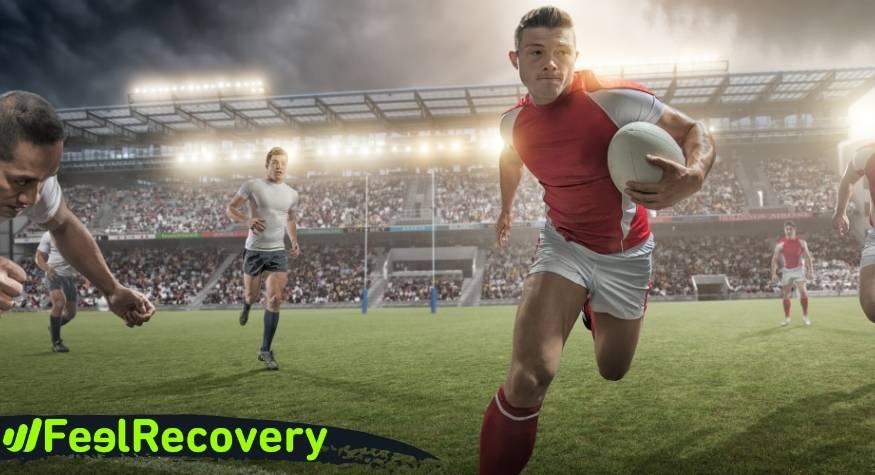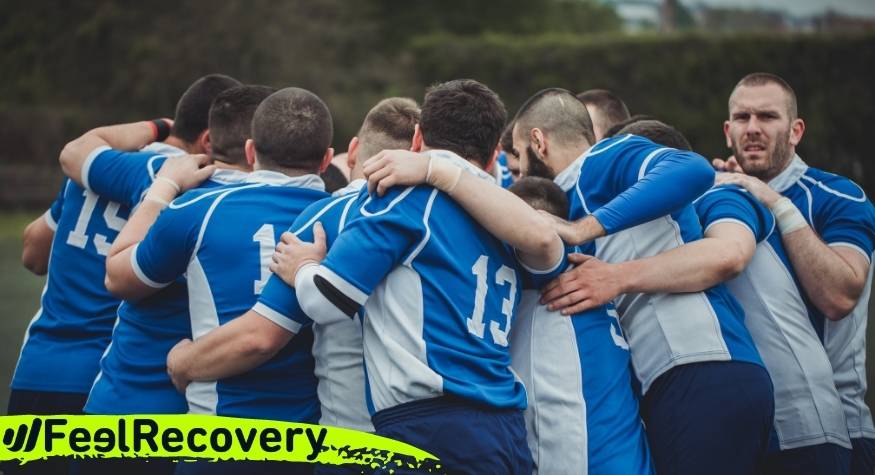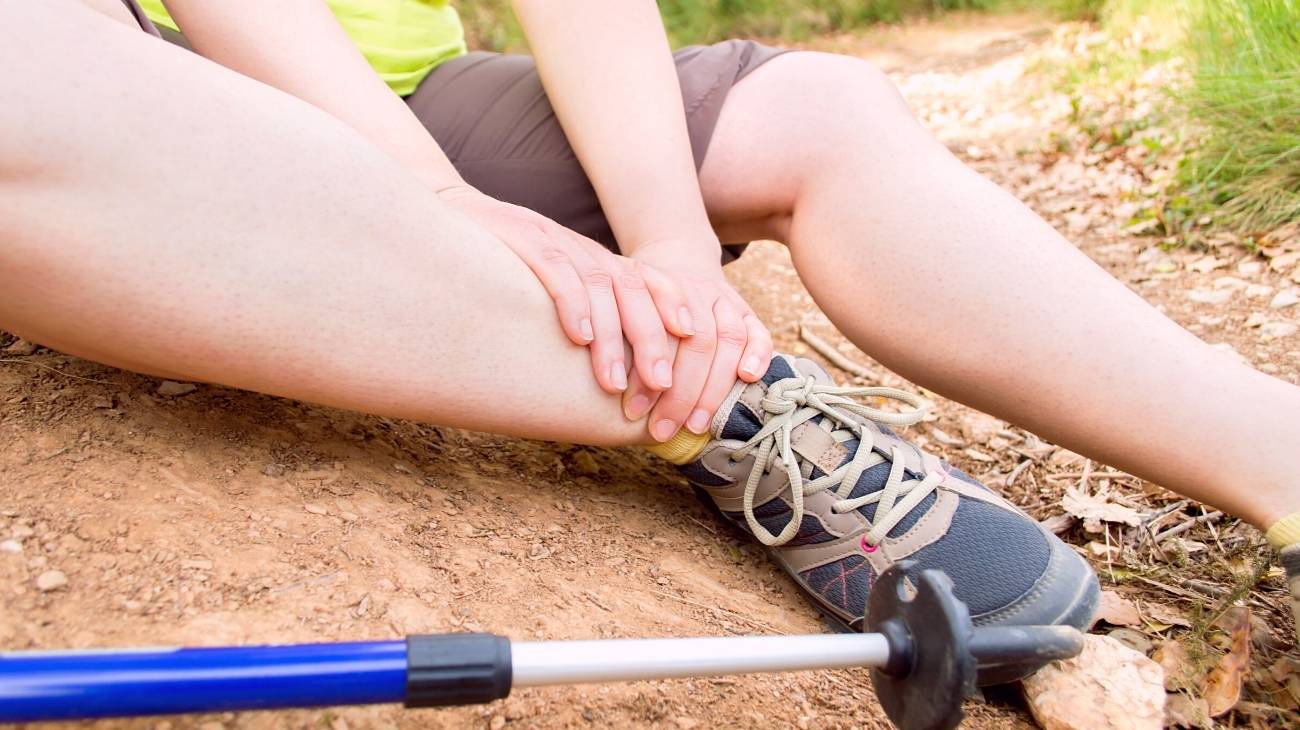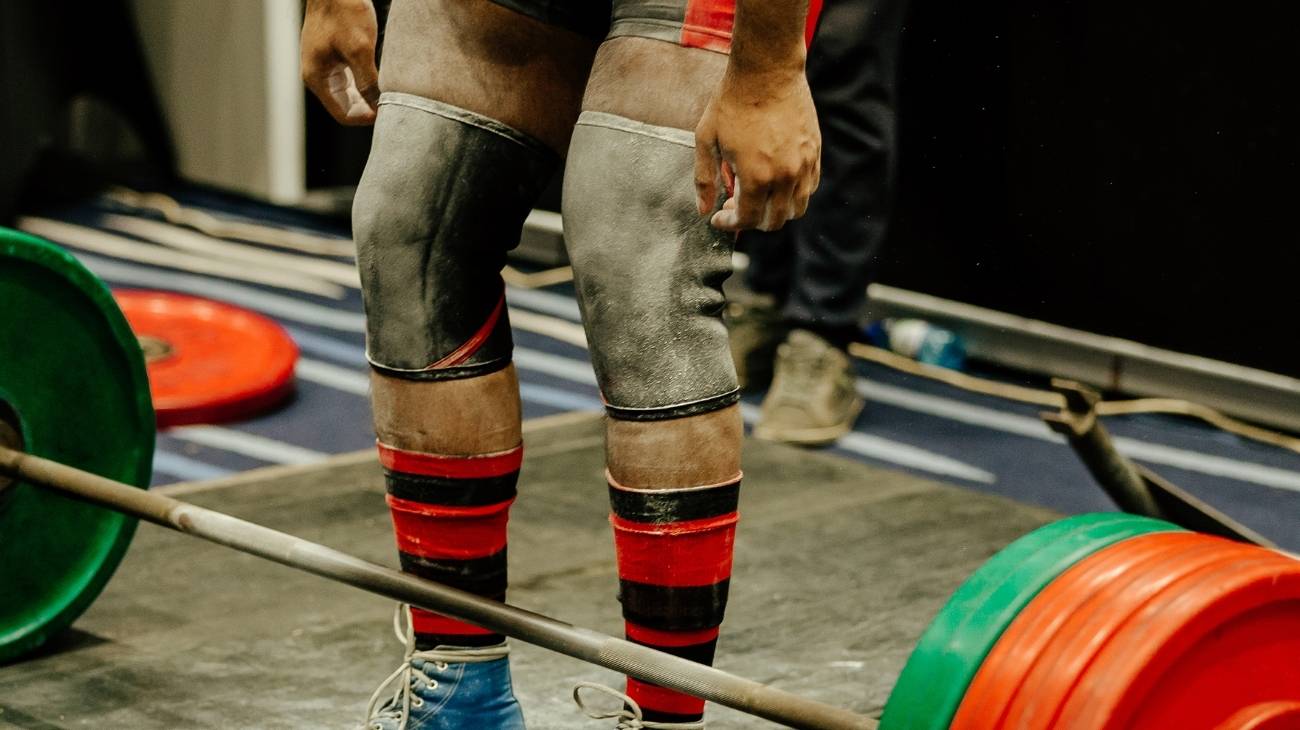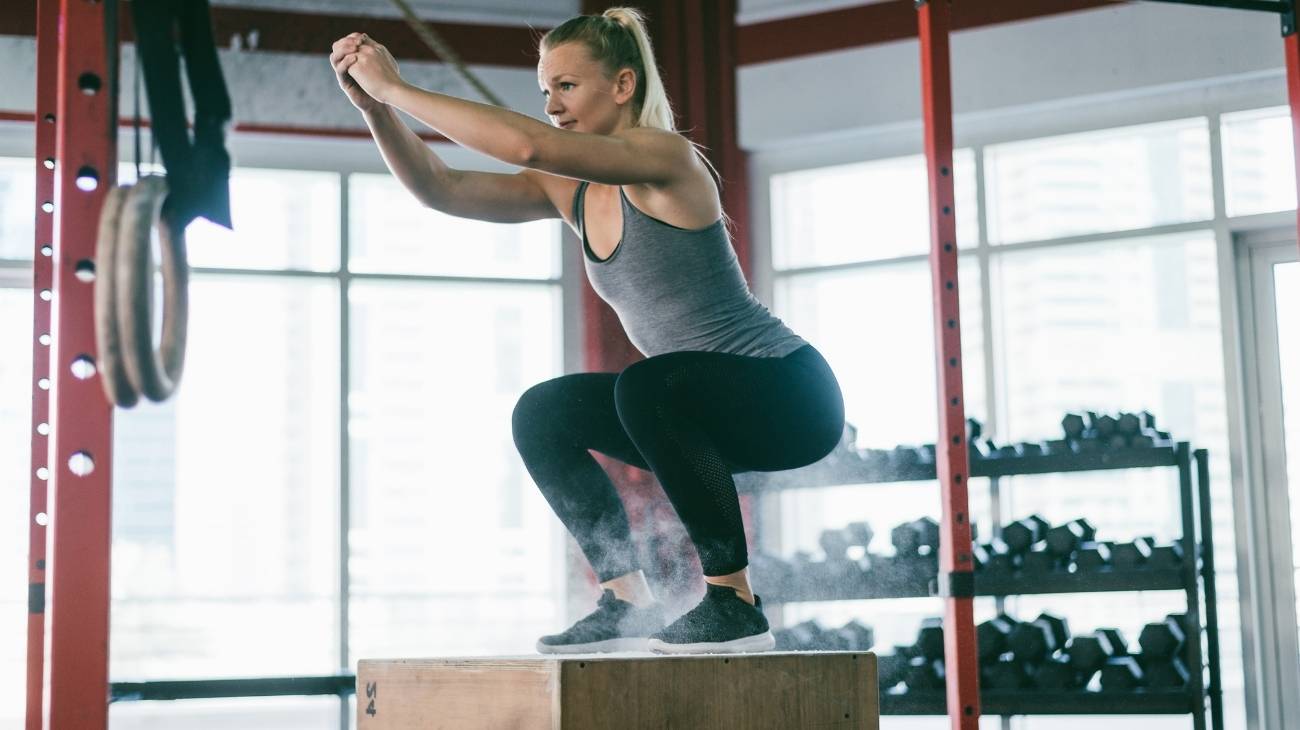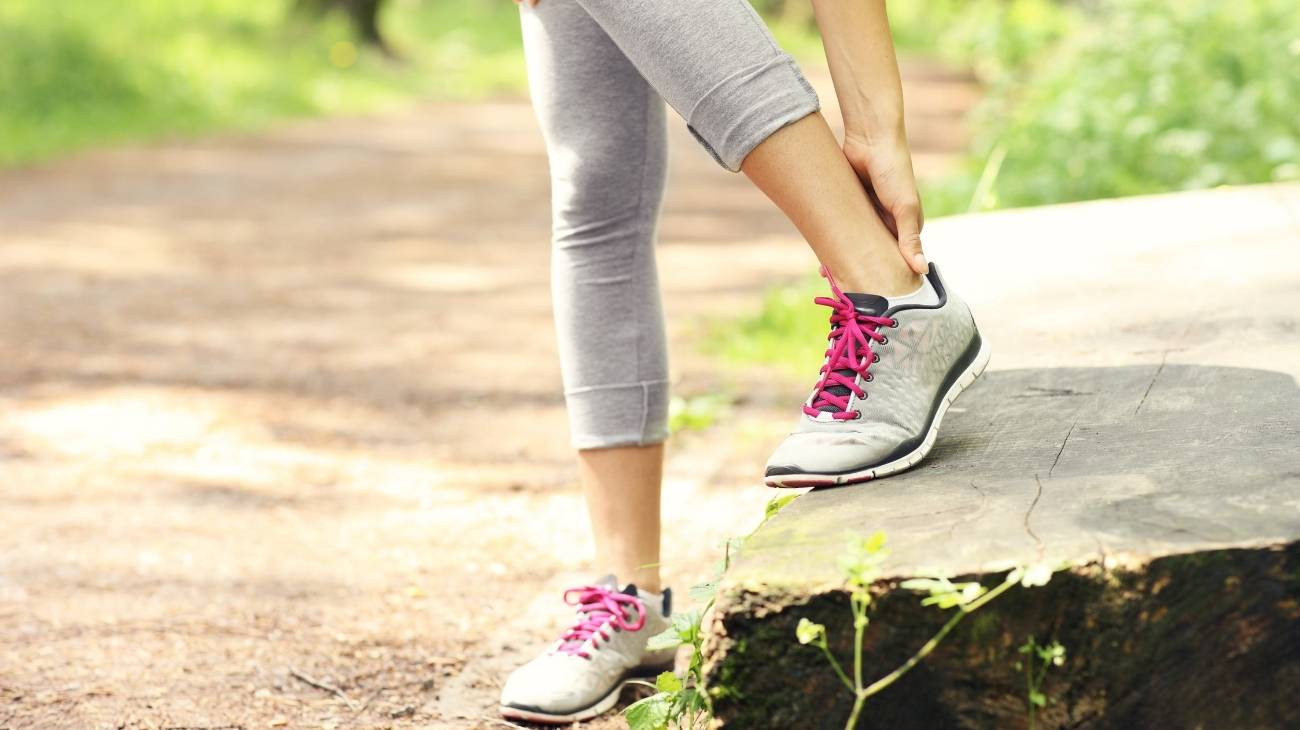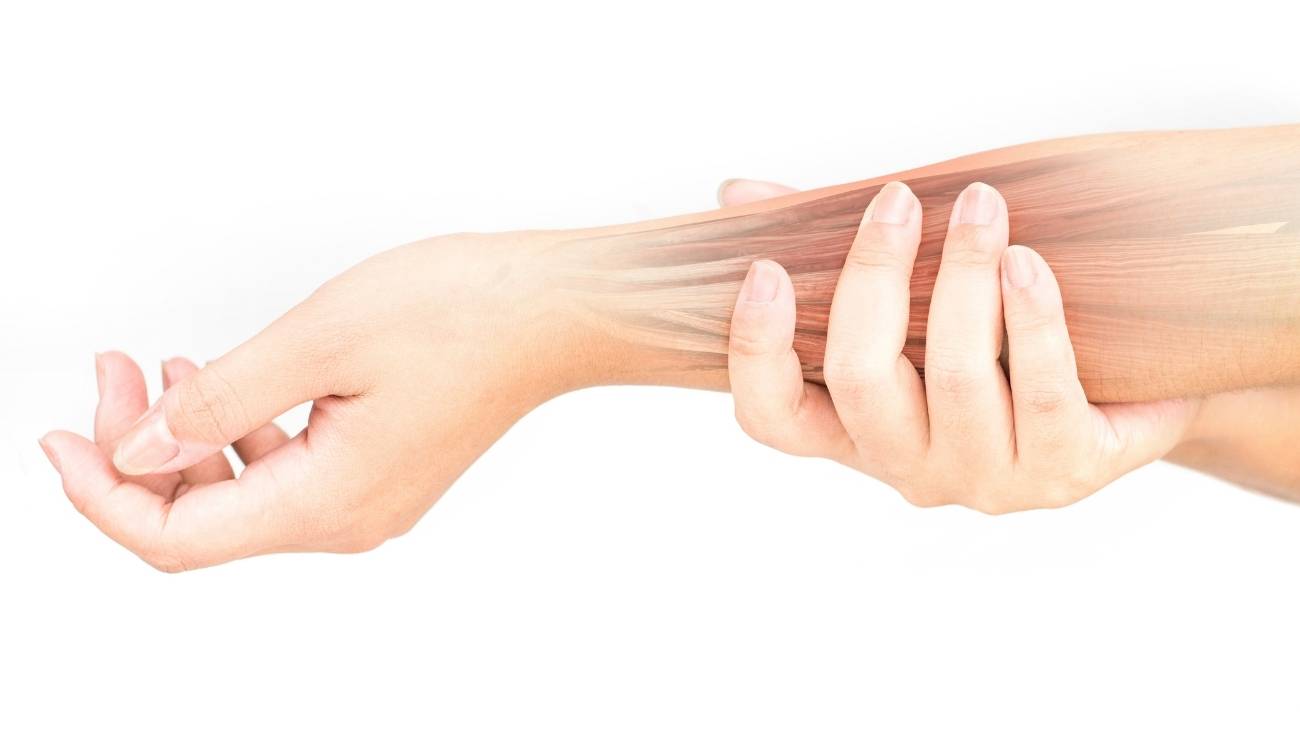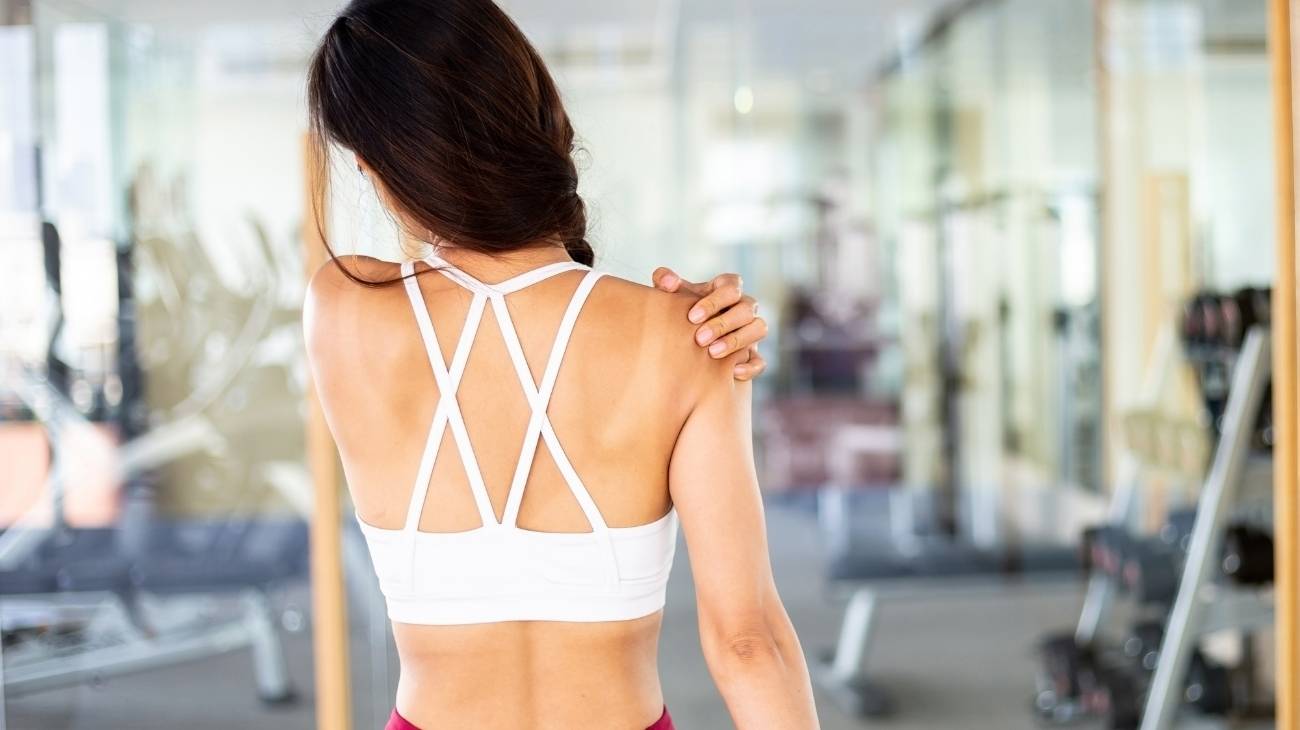Rugby is a sport where the shoulders play a critical role, as they are affected by the continuous blows and force exerted on them. Given this case, using sports shoulder braces in the practice of this activity is vital to prevent dislocations and other injuries, serving as a shock absorber for sudden collisions with other players.
In this discipline there is a myth that "it is the most dangerous sport", but by using adequate protection, you will be able to play it avoiding greater dangers. Here we will learn about the characteristics, types, analysis of its function in rugby and even the most frequent traumas during its practice.
What are the most common shoulder injuries when playing rugby?
Shoulder injuries are becoming increasingly common, especially in rugby as it is a contact sport, involving intense effort in which running, jogging and pushing opponents is involved. In these practices, it is important to perform strength, endurance and speed exercises since the risk of injury is higher, affecting much more the lower category players, due to their inexperience.
However, the following section will explain the most frequent injuries during rugby, defining the conditions and detailing how they occur or could occur in this high-risk sport for the shoulders.
Clavicle fracture
This is a break in the bone that runs horizontally from the sternum to the shoulder blade. The function of the clavicle is to keep us upright in order to avoid bad posture, which can cause discomfort during this activity. This fracture can be caused by a very hard fall with the arm outstretched or by leaning all the weight on the shoulder.
The symptoms that occur are the following: immobility of the affected shoulder or arm, intense pain, bruises and lumps of skin -large or small- surrounding the area. Therefore, this type of injury is common in sports such as rugby, it occurs when the arm is pushed sharply and the arm is locked with the opponent, by exerting a greater force the joint is damaged by excessive resistance in order to stop the opposing team.
Bursitis
Bursitis is a deficiency of the synovial sacs. This is a sac containing the fluid that lubricates the bones to facilitate joint flexion. It is caused by overloaded activities. It usually occurs in the shoulder, elbow, hip and knee, these areas being more prone to bursitis.
It affects rugby players, due to the great effort of collisions or sudden blows, producing an overload of the shoulders due to tackling using the greatest force in this joint. Symptoms may include pain, stiffness, swelling, warmth, redness and tenderness on movement or when the joint is at rest.
Rotator cuff tears
The rotator cuff is a group of four muscles called the supraspinatus, subscapularis, teres major and infraspinatus that provide precision, mobility and stability to the joints. Their tears can be partial or total, highlighting that if this rupture occurs, the ligaments that join them together will not coincide again, constantly suffering from this disease.
The pain and immobility of the shoulder, are indicators that you have suffered the injury, which generates a big problem when playing rugby because of the high impact in their training and games. In this contact sport, it happens for two reasons: a traumatism due to a sudden fall on the arm, causing a tension shock in the tendons, and the last one due to practising this discipline for so many years, which can generate a wear and tear of the ligament ruptures.
Shoulder dislocation
It should be noted that the shoulder is made up of three bones: the clavicle, the shoulder blade and the humerus. The injury occurs when the latter (having the shape of a small ball), is located in the shoulder blade and due to a blow or elongation slips out of place. Dislocations can be partial, when the ball is located outside its socket, or they can be total when the ball is completely detached from its original place.
This injury occurs in rugby practice when a rough tackle is made. In short, it is the shoulders that are responsible for stopping or detaining the opponent using more force than is required, causing a serious dislocation, leaving this joint immobile. It is important to know the precision points so as not to exert unnecessary movements that will damage your resistance.
Frozen shoulder
It is a disease characterised by pain and stiffness in the ligaments that connect the shoulder muscle. It is basically a severe immobility and is usually confused with tendinitis or osteoarthritis. It should be noted that recovery is slow, approximately improving or disappearing in the first year or three after suffering this condition. The main symptom is pain, followed by a limitation of lateral or circular movements, leaving the joint static.
This injury takes place in rugby when the player runs to protect the ball and another player tackles the player and abruptly mistreats the shoulder. It is a contact sporting activity where many joints will be injured whether we want them to or not, which is why the use of shoulder braces in every practice is essential to prevent future problems.
Bestseller
What type of sports shoulder supports are the best for rugby injuries?
The shoulders are an essential part of the sport and are therefore affected by a multitude of causes. The constant use of sports shoulder sleeves is recommended to protect this area from sudden shocks, as well as to offer full comfort in every movement.
You should choose your sportswear according to your needs, whether it is because you are the forward and therefore the one who takes the most knocks during rugby and require more protection, to perform better on the field or to heal injuries caused by these circumstances. In order for you to know more about shoulder braces , we have made a summary of the most recommended ones at the moment.
Shoulder compression braces sleeves
The sports shoulder braces help to reduce the levels of stiffness caused by the practice of rugby, its focal point is in the support it provides to the shoulders to protect possible mistreatment to the rotator cuff, improving the stability of the joint and therefore, avoiding direct accidents in these areas.
Designed for rugby, as it is a sport where there is abrupt contact with opponents. It is characterised for being comfortable thanks to its adjustable band around the chest, measuring the correct pressure that the athlete wants. The proper use of this garment helps in the recovery of injuries, relieves pain, controls unnecessary stretching, and in turn provides effective compression without restricting the free flexion of the shoulders.
Orthopaedic shoulder support
These have a medium-high level of compression, i.e. higher than what would be used on a regular basis, and are therefore specially designed for recovery from shoulder injuries of much greater severity. They are widely used for fractures, rotator cuff tears or dislocations as they also provide good stability to the joint, speeding up the healing process.
Despite its full shoulder support, it does not restrict movement, and is comfortable enough to allow the rugby player to play the sport while relieving pain and inflammation that may occur during play.
Vibration stabiliser
The vibration shocks of the pad are an excellent stimulant to bind and strengthen damaged ligaments and soft tissue. The degree of vibration serves to massage or relax the muscles that connect to the shoulder, without the need to exert too much effort. The pad combines with the vibrations to produce heat, promoting blood flow, nourishing and circulating oxygen to the area of pain, thus aiding the recovery process.
What features should you consider before choosing the best sports shoulder brace for rugby?
Rugby is a sport that endangers the physical well-being of the person, due to the shocks received on the shoulders in each training or match, therefore it is important to take into account the proper use of clothing, the most prominent being the sports shoulder brace.
According to their function
- Shoulder braces for pain relief: The shoulder is a fragile area of the human body, because of this it is easily injured causing constant twinges and pains that prevent mobilisation. Rugby requires shoulder braces to maintain the health of the joint, safeguarding the stability of the rotator cuff during sporting activities.
- Shoulder supports to relax the muscle: Their design provides pressure during training, helping the muscle fibre to adjust to its original position without causing tears or bruises. This garment is relaxing, because it releases absolutely all the tension concentrated in the shoulders, strengthening and offering an extra plus in sports performance.
- Shoulder braces for improved circulation: Compressive shoulder sleeves have a stabilising support, offering strength and resilience, keeping muscle tissue warm, helping to improve blood flow, preventing the build-up of clots. Rugby is a contact sport and can be prone to bruising in this area, which is detrimental to a person's health and can create serious future illnesses, which can be avoided by improving blood flow with these garments.
- Shoulder braces for warmth: Providing a cushion design, maintaining hot, cold or vibration temperatures that keep the muscle, tendons and ligaments at rest. The advantage of this shoulder brace is that while playing rugby, it retains the heat allowing the ventilation of steam, being very comfortable and easy to wear achieving a de-inflammatory effect, caused by the strong blows received, helping the player to feel safe and confident in every game.
- Compression shoulder sleeves: The compression it exerts is one of the main benefits of sports shoulder pads, as it has a therapeutic effect, compressing the joint and thus improving blood circulation, relieving pain, reducing inflammation, and much more. It is the main product used by leading rugby athletes.
Manufacturing material
Before purchasing a sports garment, it is important to know what materials it is made of, as there are always questions for consumers such as quality, compression, breathability, and much more. Therefore, we will explain some of the most common materials used in the manufacture of sports shoulder supports so that you can make the right choice.
- Neoprene, which is a type of synthetic rubber that provides adequate support, has good flexibility and resistance, but is not breathable, so it is used in different percentages with other materials such as nylon, which in addition to possessing some of these characteristics, absorbs moisture, is immune to moth and lint.
- Elastane or spandex, although it is not used as a main fibre, its use in combination with other materials creates an ideal garment, totally resistant and durable, as its main benefit is its elasticity, you can stretch it as much as you can and it will always keep its original state, adapting to the athlete's shoulder.
Type of support
The fastening is a very important feature, especially for rugby players, as it is a sport of sudden and violent movements, which can cause the mobility of the garment, being this so harmful because the shoulder brace would not perform the expected effects and in addition, the joint would be exposed to any injury. To avoid these types of accidents, it is advisable to use materials that provide extra support.
- Velcro: It remains firm according to the support you want. It has adherent bands that act as a movement stabiliser without moving from its place or causing discomfort. This type of fastening is widely used in compression garments due to its comfort and versatility.
- Neoprene: It is a material that is characterised by its flexibility thanks to its chemical properties, achieving an easy adaptation of the garment on the shoulders. It provides a natural support, typical of neoprene, therefore it is widely used in the manufacture of sports shoulder braces.
Size
Most shoulder braces are tailored to fit the body, either by fabric or support material, so called "one size fits all". However, there are those who prefer a garment that fits the body and exerts the corresponding pressure on their joint. For these cases, you should know your size by measuring the distance from one shoulder to the other, as well as the thickness of your arm.
Design
Fashion can not only be seen on the catwalks or perhaps on the street, but also sportsmen and women, and especially professionals, create trends in clothing and styles, achieving the imitation of many fans who see themselves reflected in them. Rugby players are no exception, and many like to take care of their public image, so the sports shoulder support provides the superficial comfort, without discarding its functionality.
The range of colours, models and shapes currently available on the global market can make it easy to find the right one to suit your taste and personality. If you want to cover only one shoulder or both, if you want a massage effect or a more personalised compression, you will be able to obtain it, thanks to its variety and versatility, always thinking about the protection of the sportsman without taking care of his external image.
Price
Just as there is a variety of models, functions and materials, so is the price, which fluctuates depending on the characteristics mentioned above, as each "extra" accessory increases the cost of the clothing. Buying a very cheap sports shoulder brace will increase the risk of acquiring a low quality product, as the quality of the materials and an anatomical design will increase the price of this product, as well as its final quality.
Do compression shoulder braces really work for rugby?
Compression shoulder braces will always be a very useful garment for any athlete, especially rugby players as they have twice the risk than other disciplines, in this part of the body. Their use could mean the continuation of a professional career, as a serious shoulder injury could lead to dismissal from the field.
These garments provide the protection you always need in every match due to the materials used, which provide adequate stability in the joint, avoiding any breakage or detachment despite the sudden movements characteristic of rugby. In addition, their compressive effect generates a therapy that helps to improve blood flow, relieving pain, swelling or other discomfort.
Undoubtedly, compression shoulder sleeves mark a before and after in the therapy of the shoulders, since without the need of drugs, you will be able to obtain a quick recovery and even a better sporting performance, achieving the daily evolution of the rugby player.







